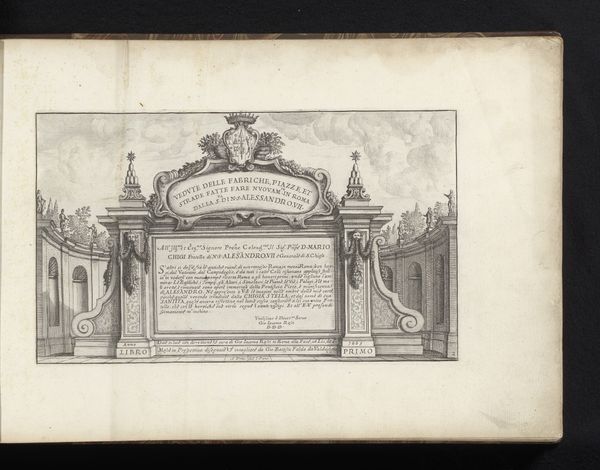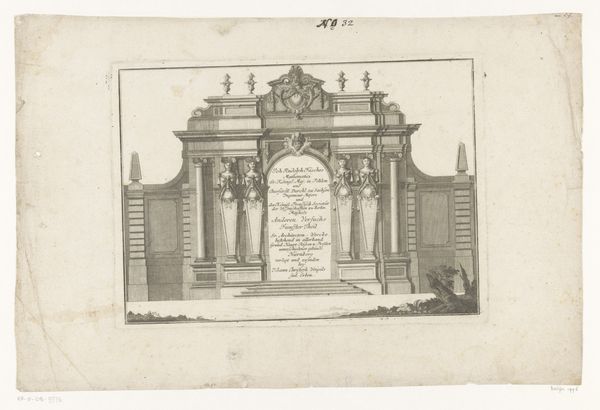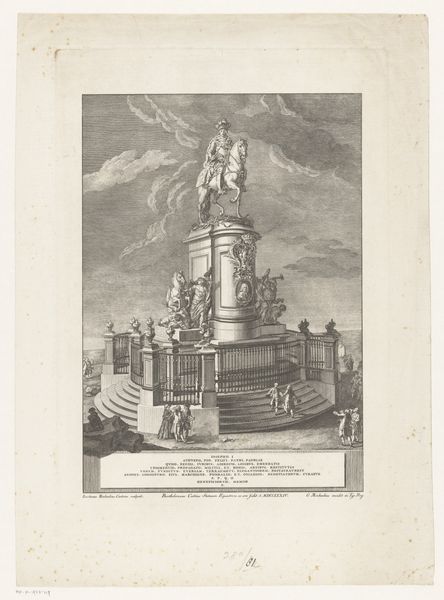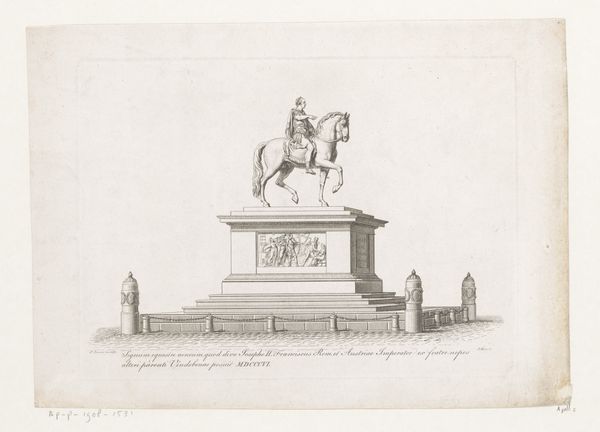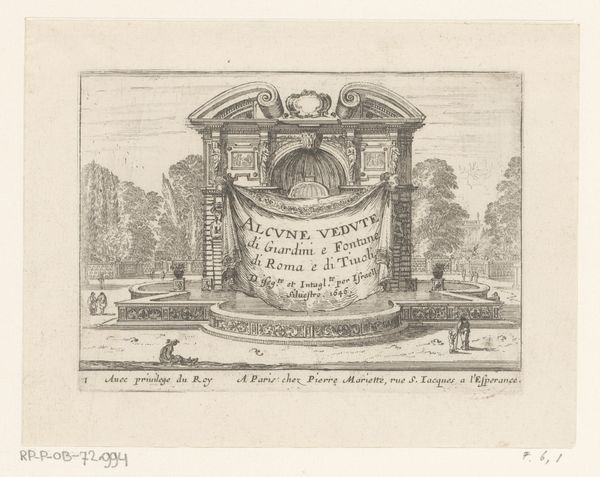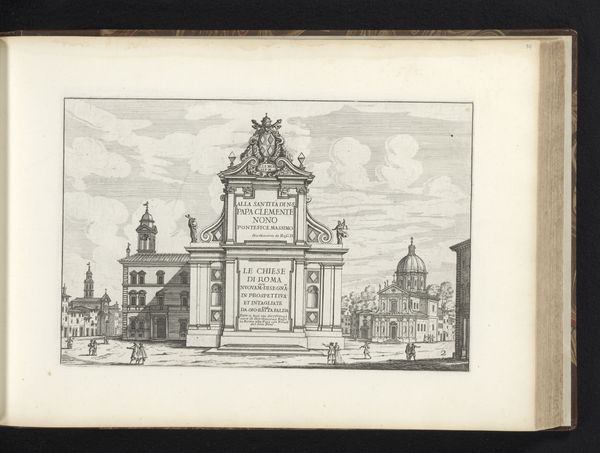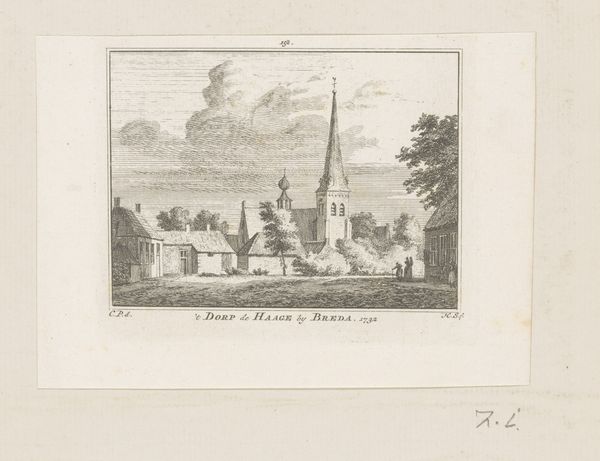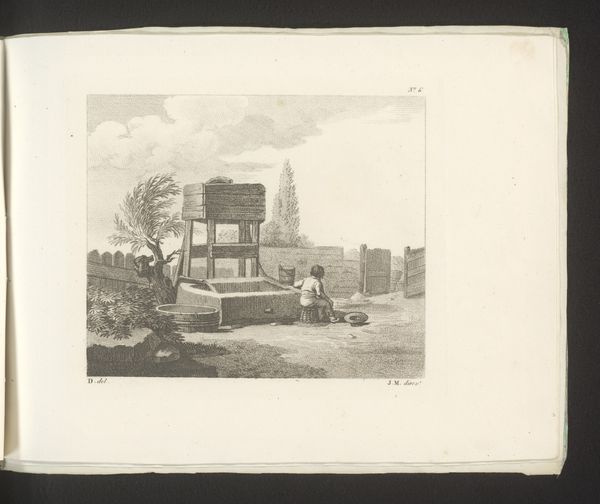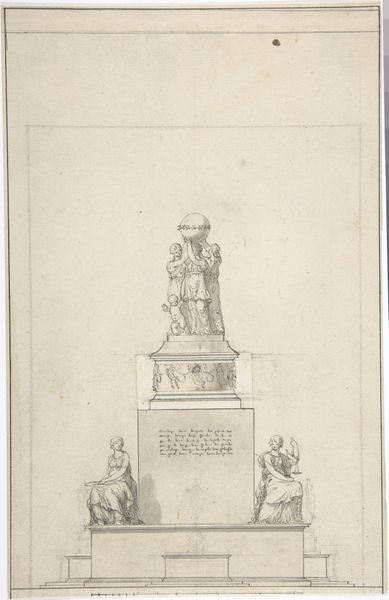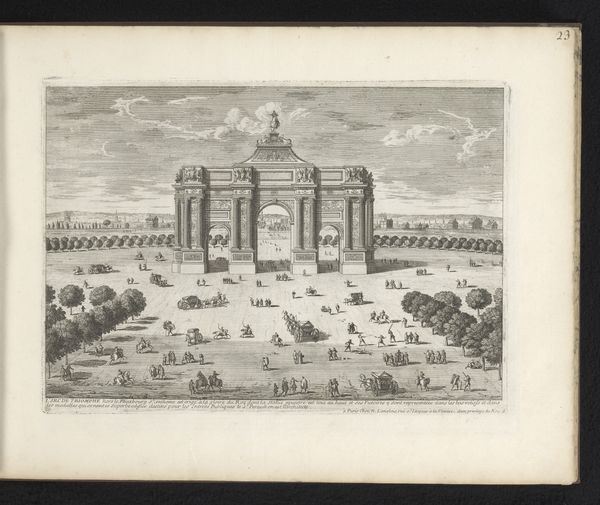
etching, engraving
#
baroque
#
etching
#
landscape
#
cityscape
#
engraving
Dimensions: height 149 mm, width 210 mm
Copyright: Rijks Museum: Open Domain
Pierre François Basan created this print, "View of the Kennemerland," using etching, a technique that democratized image-making in the 18th century. Consider how the etched lines define the scene. Basan would have coated a metal plate with wax, then scratched through it to expose the metal. Immersing the plate in acid would bite away the exposed lines, which then hold ink for printing. This process, while indirect, allows for a freedom of line impossible with engraving. The print’s success lies in its repeatable nature. Unlike a unique drawing or painting, etching allows for multiple impressions, making art more accessible. This aligns with the rise of a commercial art market and a growing middle class eager for affordable images. The monument in the print also resonates with contemporary social values and ideals. Basan's choice of etching, with its capacity for mass production, speaks to a changing relationship between art, labor, and consumption.
Comments
No comments
Be the first to comment and join the conversation on the ultimate creative platform.
